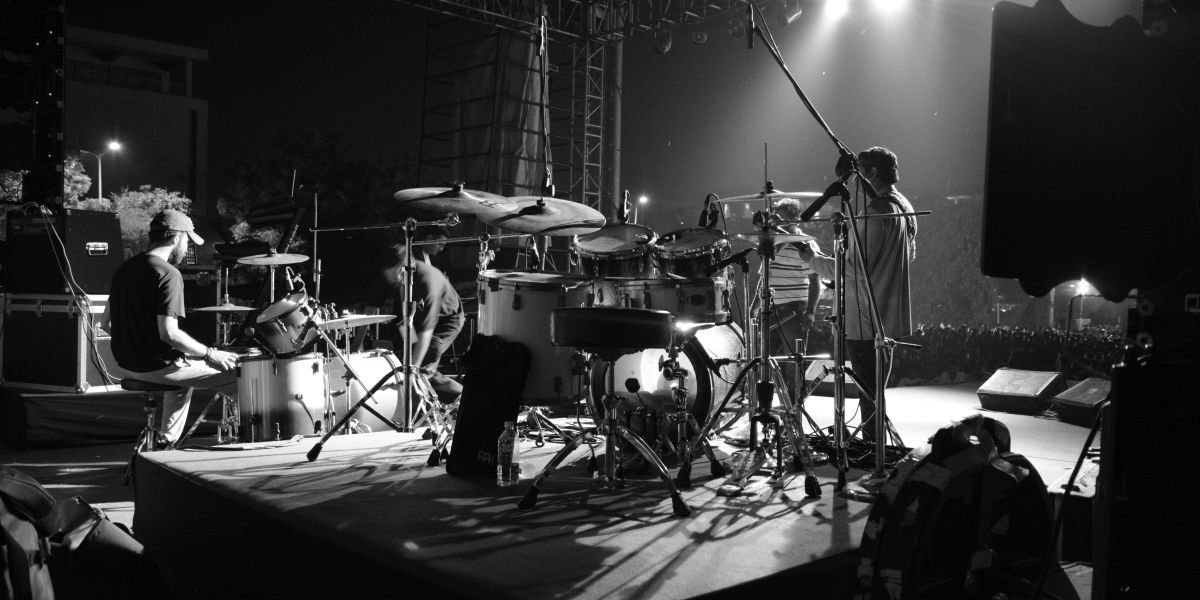Colin H. Bird’s book, “Women and Rape,” is a potent tribute to the value of comprehension, empathy, and justice in a society where survivors’ voices are frequently ignored. This significant literary work illuminates the stories and challenges of women who have suffered sexual abuse by delving into their horrific and unbearable experiences. We shall journey through the concepts in Colin H. Bird’s Women’s Justice book.
Empathy as a Bridge to Understanding
The central idea of “Women and Rape” is empathy, which acts as a conduit between the reader and the survivors whose testimonies are featured in its pages. Through his writing, Colin H. Bird allows us to put ourselves in these survivors’ shoes, experience their suffering, and be inspired by their fortitude. By using this empathy-based lens, we can comprehend the mental and physical torture that survivors go through.
The book urges us to sympathize with individuals who have been victims of sexual assault and forces us to face the terrible truths about it. One cannot overstate the transforming power of empathy, which may foster a shared commitment to promoting justice and a deeper understanding.
Championing Justice for Survivors
“Women and Rape” is an appeal to fight for justice, not merely a book. It exposes the difficulties and impediments survivors encounter when seeking justice. The book portrays the justice system’s response to sexual violence frequently hampered by insensitivity.
When victims of sexual violence come out, they are often met with suspicion and stigma. This book acts as an ardent defender of these survivors by highlighting the structural problems with the legal system that must be fixed. The writings of Colin H. Bird serve as a call to action, imploring people to reconsider how society handles sexual assault and ensure that everyone has access to justice.
Survivors’ injustices extend beyond the judicial system to include societal standards and beliefs. This book encourages us to question established conventions and strive toward a more compassionate and just society by bringing attention to the injustices that survivors face. By delving into these concepts, “Women and Rape” catalyzes transformation.
Survivor Resilience and Empowerment
“Women and Rape” highlights survivors’ strength and empowerment while depicting the terrible reality of sexual assault. The book’s stories emphasize the courage and resilience of women who have endured unspeakable atrocities.
Survivors’ capacity to recover and start over defines them more than just the horrific events that occurred in their past. The book invites readers to acknowledge survivors’ tenacity and assist them in their pursuit of healing.
Survivors become strong advocates for justice and change in Colin H. Bird’s story. Their experiences serve as a source of empowerment for those with comparable traumas. “Women and Rape” affirms that recovery is possible by showcasing the survivors’ unwavering spirit.
The Role of Art and Literature in Addressing Sexual Violence
It’s essential to recognize the contribution of literature and the arts to the conversation about sexual violence when discussing the issues found in “Women and Rape.” The book is a potent illustration of how writing can illuminate a delicate subject. Through sharing survivor experiences, it uses the written word to encourage compassion and understanding.
The work of Colin H. Bird shows how literature may provide a forum for talking about touchy subjects. The book “Women and Rape” challenges readers to think critically about the issue, society’s expectations, and the judicial system’s handling of sexual assault.
Furthermore, literature is only a tiny portion of the broader range of artistic mediums that address this problem. While performing arts, such as theater and dance, can provide a potent vehicle for artists to communicate the suffering and resiliency of survivors, visual arts, such as paintings and sculptures, can effectively convey the emotional impact of sexual abuse. These artistic creations’ emotional effects can deeply arouse viewers’ empathy and motivate them to become change agents.
The Ongoing Conversation
As we explore the ideas in “Women and Rape,” we see that this book is merely the next chapter in a continuing discourse rather than its conclusion. The book by Colin H. Bird has given the conversation about empathy, justice, and sexual assault a vital new voice. It’s a call to comprehend, sympathize with, and fight for justice for survivors.
“Women and Rape” is a beacon on the path toward justice and compassion. It serves as a reminder that we must band together to remove the obstacles survivors must overcome to obtain justice. It motivates us to listen to others with empathy and stand up for individuals who have been sexually abused.
This work serves as an example of how literature has the capacity to challenge social norms, start conversations, and motivate change. As we examine the concepts in “Women and Rape,” we are reminded that there is always a route to justice and empathy, and that trip is made much more meaningful by the work of Colin H. Bird.
Conclusion
Colin H. Bird’s “Women and Rape” is a testament to the value of justice and empathy in combating sexual assault. It clarifies the difficulties faced by survivors, demands reforms to the legal system, and gives them the tools they need to recover and fight for justice. We can keep examining these crucial issues via literature and the arts, encouraging compassion and fighting for the rights of women who have been sexually abused.








